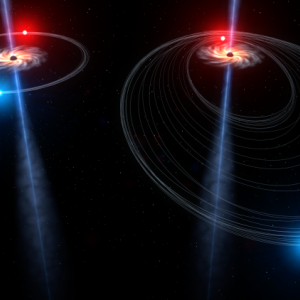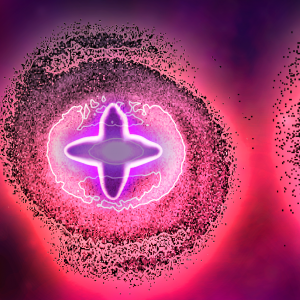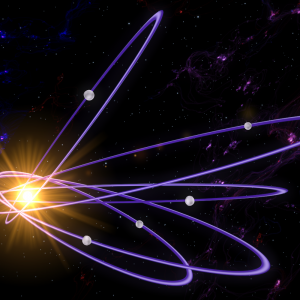Dead stars known as white dwarfs, have a mass like the Sun while being similar in size to Earth. They are common in our galaxy, as 97% of stars are white dwarfs. As stars reach the end of their lives, their cores collapse into the dense ball of a white dwarf, making our galaxy seem like an ethereal graveyard.
Despite their prevalence, the chemical makeup of these stellar remnants has been a conundrum for astronomers for years. The presence of heavy metal elements—like silicon, magnesium, and calcium—on the surface of many of these compact objects is a perplexing discovery that defies our expectations of stellar behavior.
“We know that if these heavy metals are present on the surface of the white dwarf, the white dwarf is dense enough that these heavy metals should very quickly sink toward the core,” explains JILA graduate student Tatsuya Akiba. “So, you shouldn't see any metals on the surface of a white dwarf unless the white dwarf is actively eating something.”
While white dwarfs can consume various nearby objects, such as comets or asteroids (known as planetesimals), the intricacies of this process have yet to be fully explored. However, this behavior could hold the key to unraveling the mystery of a white dwarf's metal composition, potentially leading to exciting revelations about white dwarf dynamics.
In results reported in a new paper in The Astrophysical Journal Letters, Akiba, along with JILA Fellow and University of Colorado Boulder Astrophysical and Planetary Sciences professor Ann-Marie Madigan and undergraduate student Selah McIntyre, believe they have found a reason why these stellar zombies eat their nearby planetesimals. Using computer simulations, the researchers simulated the white dwarf receiving a “natal kick” during its formation (which has been observed) caused by asymmetric mass loss, altering its motion and the dynamics of any surrounding material.










